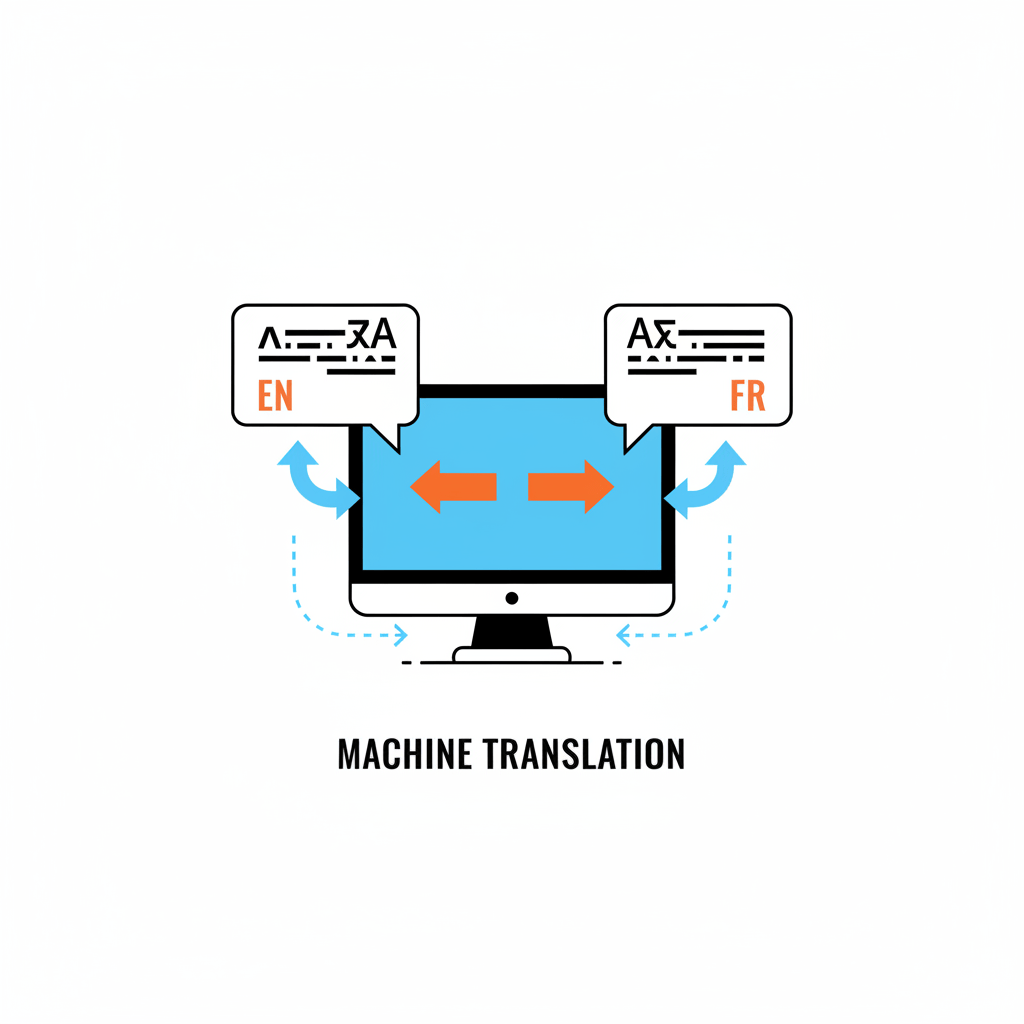Emerging markets present vast growth opportunities but require tailored localization strategies that account for unique cultural, economic, and technological factors. This 3,000+ word guide outlines a framework for building and scaling localization initiatives in high-potential regions, integrating six randomized internal Applied Lingo service links and three clickable external references.
Assessing Market Potential
Use data-driven insights to prioritize emerging markets. Refer to McKinsey & Company’s report on Emerging Market Growth for GDP and digital adoption forecasts. Analyze internet penetration rates via World Bank Data on Digital Development to identify markets with expanding online audiences.
Mapping Cultural and Linguistic Landscapes
Conduct in-depth cultural audits: language variants, dialects, literacy rates, and consumer behaviors. For East African markets, engage Luhya language to English translation services to adapt messaging that resonates with local dialects and literacy levels.
Stakeholder Alignment and Governance
Establish a cross-functional localization council, including Marketing, Product, Legal, and IT stakeholders. Define roles, decision-making processes, and budget ownership. Create a centralized localization playbook that outlines scope, standards, and approval workflows.
Technology Stack Selection
Choose a TMS that supports multi-variant localization, API integrations, and vendor management. Ensure CAT tools interface with mobile app codebases for markets like the Middle East—partner with Gulf Arabic language services to handle right-to-left script and locale-specific date/time formats.
Vendor and Resource Strategy
Develop tiered vendor models: in-market linguists for high-impact content, offshore teams for volume tasks, and specialized agencies for niche languages. Leverage Rutooro conference interpreting services for live event support and local insights.
Pilot Programs and Agile Rollouts
Launch pilot projects in select regions to validate workflows and measure impact. Use dashboards to track KPIs such as engagement lift, conversion rates, and time-to-market. For e-learning pilots in Ghana, collaborate with Dangme language to English translation services for precise localization.
Scaling Localization Operations
Implement robust TM management and glossary governance for consistency. Use analytics to identify highvalue content and optimize resource allocation. Expand into additional languages like Meitei language translation services and Lozi to English translation services as confidence and ROI increase.
Quality Assurance and Continuous Improvement
Establish QA workflows combining automated checks (terminology, formatting) with in-market reviews. Collect user feedback through surveys in localized languages. Regularly update the cultural playbook with lessons learned and new market data.
Measuring Success and ROI
Track localization ROI using metrics like revenue growth, customer retention, and cost-per-word. Attribution modeling links localized touchpoints to conversions. Case studies show companies can achieve 20–30% incremental revenue uplift post-localization.
Future-Proofing Your Strategy
Stay abreast of emerging trends: AI-driven localization, voice-enabled experiences, and decentralized contributor models. Invest in talent and technology to adapt swiftly as market conditions evolve.
For more insights into e-commerce trends in developing economies, refer to UNCTAD’s report on ECommerce in Developing Economies.









